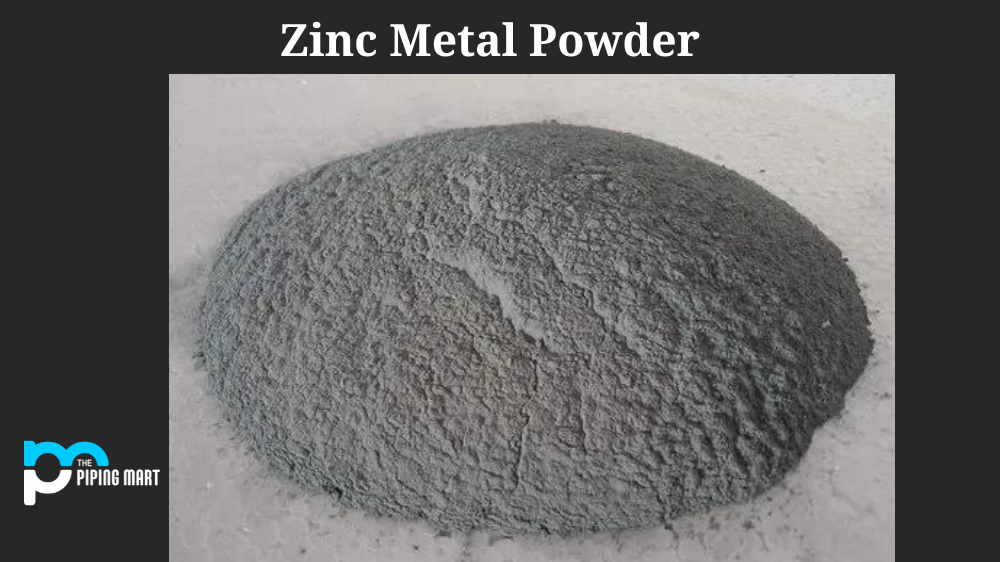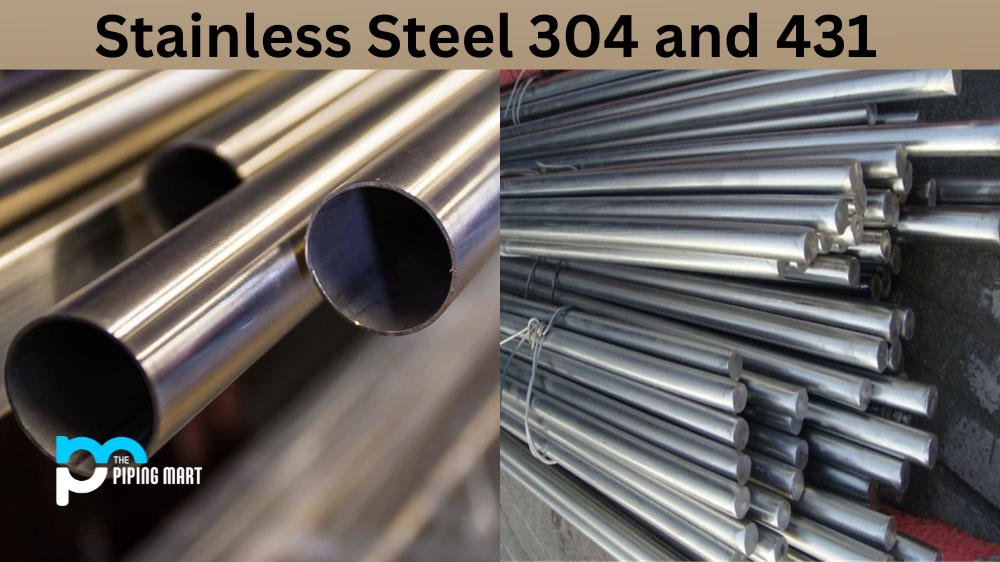Steel is an important material in construction, manufacturing, and other industries. With the different types of steel available in the market, it is essential to understand the unique properties of each class to make informed decisions. In this blog post, we will be taking a closer look at 1010 and 1011 steel, their differences and similarities, and their best applications.
Difference Between 1010 and 1011 Steel
Composition
1010 and 1011 steel are popular grades of carbon steel. Carbon steels contain carbon as the primary alloying element, with other components, such as manganese, silicon, and phosphorus, present in trace amounts. The difference between these two grades lies in their carbon content. 1010 steel contains 0.10% carbon, while 1011 steel contains 0.11% carbon.
Machinability
The difference in carbon content gives 1011 steel improved machinability compared to 1010 steel. Machinability refers to a material’s ability to be cut, drilled, or shaped using machine tools. The high carbon content in 1011 steel improves its machinability, making it the better choice for applications that require extensive machining. 1010 steel, on the other hand, is more challenging to machine, making it suitable for applications where machinability is not a crucial factor.
Weldability
Regarding welding, 1011 steel is the better choice due to its improved weldability compared to 1010 steel. Weldability refers to the ease of welding a material using various welding techniques. The higher carbon content in 1011 steel results in improved weldability, making it easier to solder without experiencing issues such as cracking and porosity. On the other hand, 1010 steel’s lower carbon content makes it less prone to weld cracking but may result in reduced strength and toughness.
Uses
1010 and 1011 steel are commonly used in construction and manufacturing. In the construction industry, these materials are used to make structural parts like beams, frames, and columns. They create parts for machinery, appliances, and other equipment in manufacturing. Both materials can be easily formed into various shapes, making them versatile and ideal for multiple applications.
Tensile Strength
The tensile strength of 1010 and 1011 steel is about 310 MPa. This value is achieved through different heat treatment processes for each alloy. For instance, 1010 steel is typically annealed at 790°C (1450°F), while 1011 steel is usually annealed at 860°C (1580°F)—the higher annealing temperature for 1011 steel results in greater strength values.
Yield Strength
The yield strength of 1010 and 1011 steel sheets is also rated differently due to the different heat treatment processes used for each alloy. The yield strength of 1010 steel is rated at 260 MPa, while the yield strength of 1011 steel is rated at 290 MPa. As a result,1011 steel is more robust than 1010 steel and can be used in applications that require higher strength values.
Conclusion
In conclusion, 1010 and 1011 steel are popular carbon steel types. The primary difference lies in their carbon content, with 1011 steel containing slightly more carbon than 1010 steel. This difference affects their machinability and weldability, making them more suitable for different applications. Both steels are widely used in the construction and manufacturing due to their versatility and ease of forming. When choosing between these two materials, it is crucial to consider the specific requirements of your application to make an informed decision.

A passionate metal industry expert and blogger. With over 5 years of experience in the field, Palak brings a wealth of knowledge and insight to her writing. Whether discussing the latest trends in the metal industry or sharing tips, she is dedicated to helping others succeed in the metal industry.




